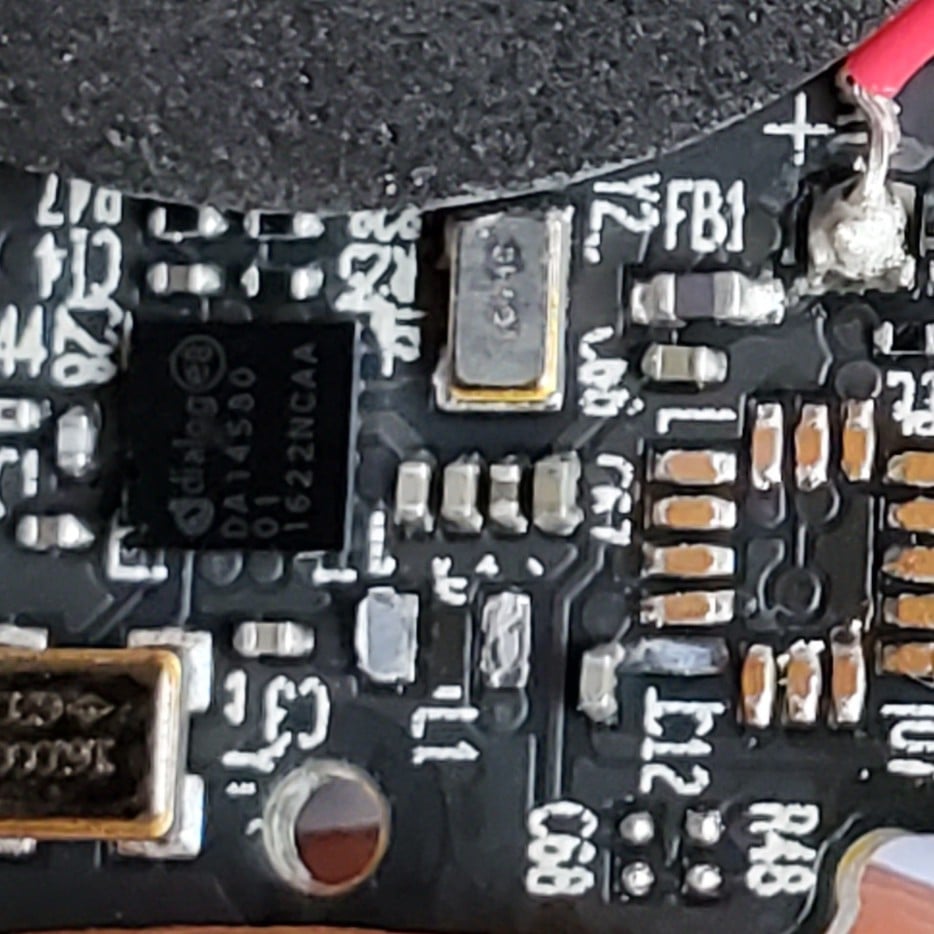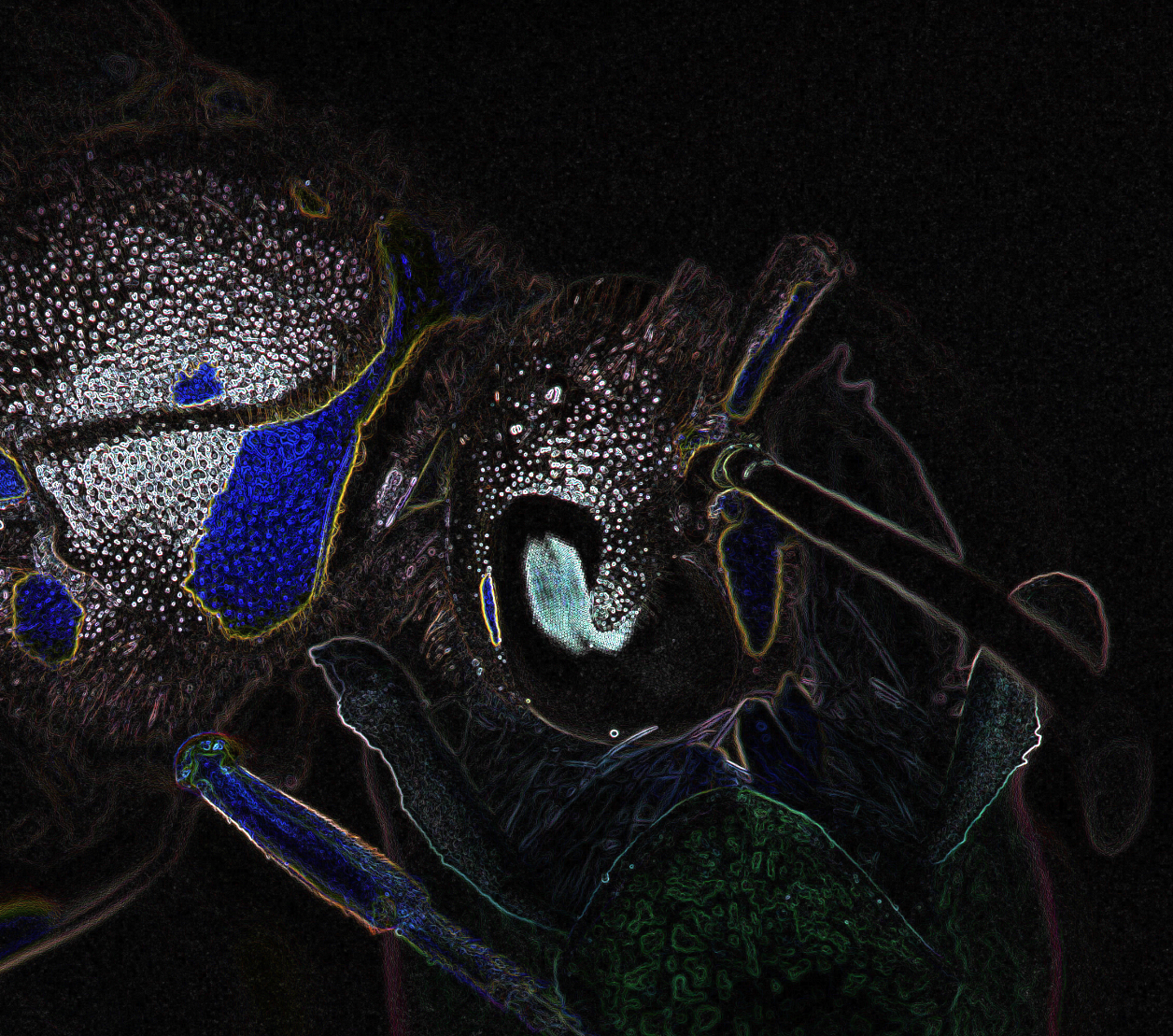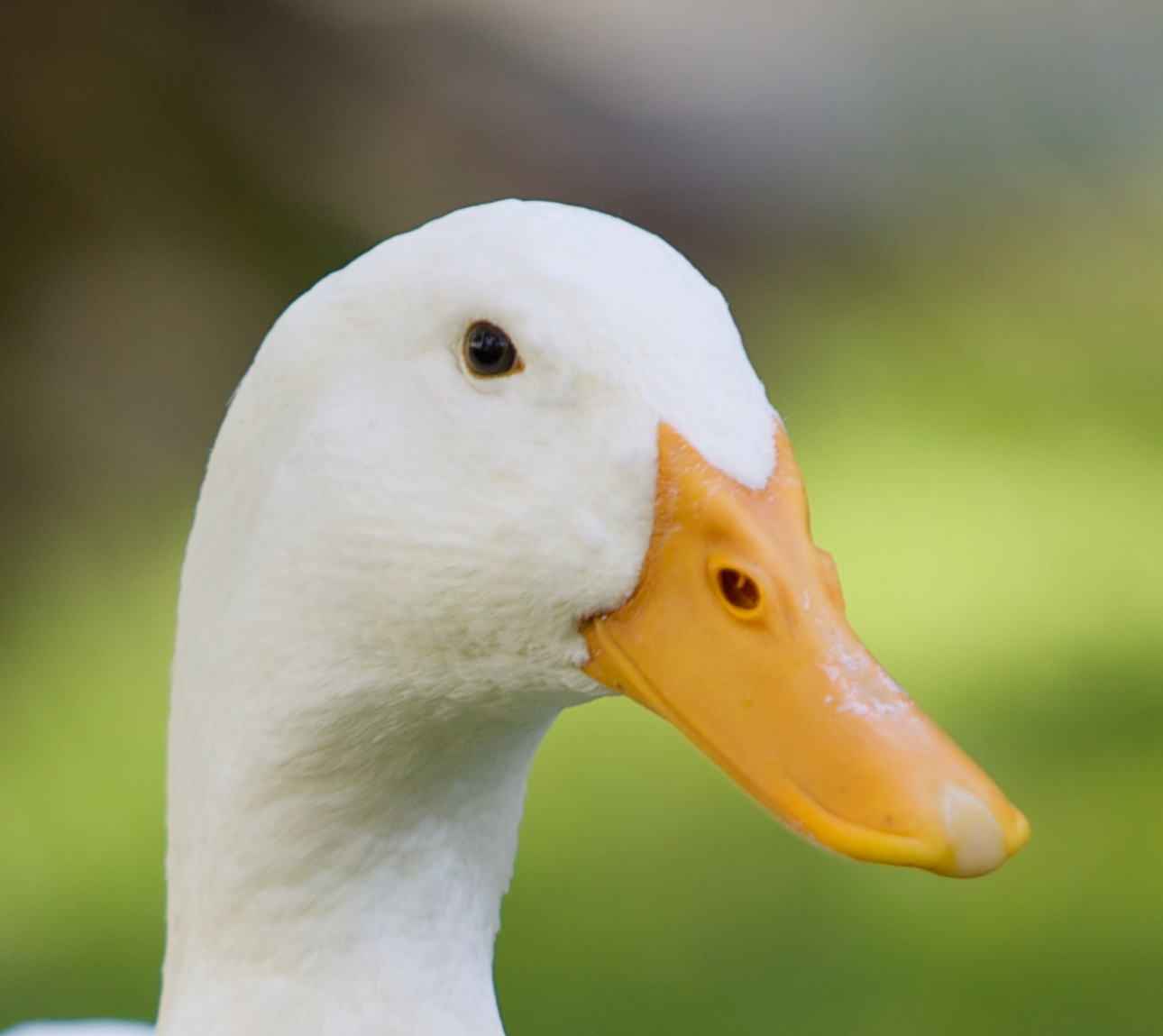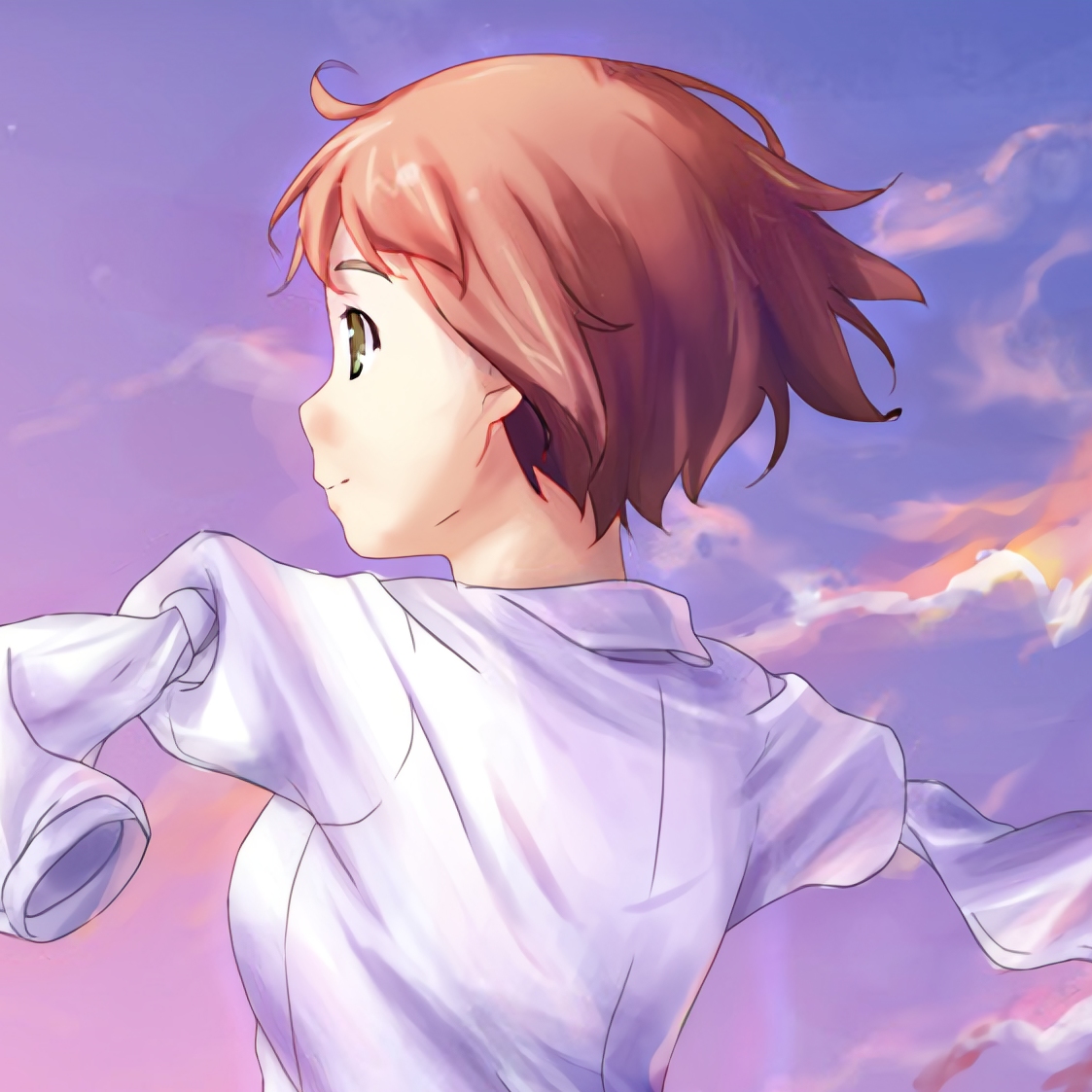My phone is normally worse for color gradients and contrasts than my eyes. Also, normally it has worse nightvision.
But when decreasing the shutter speed, for example in OpenCamera, I get crazy night pics.
I see that when its dark my FPS goes down, I see less frames automatically and totally cant control that.
Could this mechanism be altered, to have even less FPS but more photons in the soup to get brighter sight?
Yes, trying to hack my eyes here. “Getting used to darkness” is normally the pupils getting wider, there are quite some interesting plants to do that but I havent heard of anything altering the brains image processing.
Edit
I learned:
- in Nightsight we use the rod cells, which take longer to send a signal. That way they capture more photons, but the “FPS” is lower
- you can trick your iris naturally to stay open, like the Pirates did (some plants like nightshades also do this, applied locally)
Eyes don’t really have a concept of FPS because we don’t have shutters in the first place. The brain is just continuously interpreting what we see. And it fills in a lot of gaps: for example, we technically have a large blind spot right in the middle of the retina, and that’s why we’re more sensitive to movement in our side vision.
Cats see just fine in the dark, our eyes are just not sensitive enough to low light to be all that useful for us, but we could, if the eyes provided that input. Evolution just made it so we favored speedy and sharp vision in daylight rather than night vision, in part because we quickly developed technology (fire) to keep our areas lit as needed.
we technically have a large blind spot right in the middle of the retina, and that’s why we’re more sensitive to movement in our side vision.
You’re conflating the blind spot and the macula there.
We do not have a blind spot in the middle of the retina. If that were the case it would be pretty problematic for vision. What we do have is what’s called the Macula, an area of high concentration of cones and low concentration of rods. Cone cells give us highly detailed color vision, while rod cells only give us overall brightness, but are much more sensitive to light. That’s why, as you mention, we’re more sensitive to movement in our peripheral vision, and also why the center of our vision performs way worse in very low light situations. (Ever seen a faint star that seems to vanish when you try to look right at it? That’s why)
We do actually have a fully blind spot, but that one sits not at the center of the retina, but off to the side. It’s where the optic nerve enters the retina, and it doesn’t have anything to do with better/worse perception of movement, it’s just fully blind and always gets interpolated by the brain, it literally fills it up with what it thinks should be there. If you get a small object right into that spot for one eye and cover the other eye, it will just disappear.
But cats have even faster sight. I think the avg reflex time for a cat is around 70-80ms while humans are over twice that. So it seems like their vision is entirely better. Why didn’t our eyes evolve to be like theirs?
Feline vision has drawbacks, and some adaptations we don’t.
For one, cats have reflective eyes, rather than absorb light, that misses any cones/rods, cats reflect it back out, passing the light that comes into their eyes through their retinas twice. This improves how much of the light actually hits the light sensitive cones and rods in their eyes.
Second, cats have slitted pupils, this means they have a MASSIVELY larger range of light they can adjust to let into their eyes. Slitted pupils are able to close much tighter, and open much wider, than circular ones. If you’ve ever seen a cats eye in the dark, you know their pupils get HUGE. Several times that of humans.
As for a drawback, cat eyes suck at focusing. All cats are far-sighted. At less than about 20 cm, cats cannot see. All they get is a blurry mess. Ever wondered why your cat seems completely clueless when you set down a treat right in front of it? That’s why.
This is why cats have whiskers. Close up, they go 100% by smell, hearing and feel!
Are vampires just big kitties?
Why is your account marked as a bot?
… dunno?
It’s a checkbox you set in your user settings. Is it checked?
it was. I’m not the smartest person alive so it checks out
Woa… you just made me wee bit smarter with this
Because evolution settles for the good enough (to let you survive and have children that survive) rather than the best.
*cries in intelligent design*
Because our sight was never enotofna disadvantage that the humans with bad vision got killed off fast enough and the ones with better vision got to procreate more. Simple as that.
Well yeah, every animal has different features which make assist it to exploit whichever evolutionary niche it inhabits.
Maybe maintaining such fast reaction times just isn’t possible with larger brains, or higher executive functions.
For that matter, phones don’t have shutters either.
They have electronic shutters
And by blind spot, you’re referring to the small portion of the vision that sees color and is much much much less sensitive to light (thus horrible at night vision) right?
No, we have a spot in each eye that is not sensitive to light at all because the space is used up by the optic nerves: https://www.scientificamerican.com/article/find-your-blind-spot/
To add to this there’s a theory amongst creationists that we must be of intelligent design because the eye is so complex and perfect. Not only is this wrong because of the blind spot but another species developed eyes separately and they don’t suffer the same blind spot problem! Notably the nerve channels in octopus eyes allow full coverage.
Wiki: https://en.wikipedia.org/wiki/Cephalopod_eye Illustration: https://commons.wikimedia.org/wiki/File:Evolution_eye.svg
That one does not sit in the center of the retina though, and doesn’t have anything to do with higher motion-sensitivity in your peripheral vision. The macula, which the other commenter describes, is what’s responsible for that, and it’s a different thing than the blind spot.
Oh yeah, forgot about that
Changing the FPS would not change your exposure. Changing the shutter angle/speed would. So does changing the aperture. We don’t have shutter speed in our eyes, but we do have an iris! Your eyes actually change your iris aperture naturally when in the dark.
You can even trick your body to change the iris on only one eye. Cover one eye for a few minutes (at least 15-20min) in a brightly lit environment then move to a rack room (not pitch black but very minimal light) and open your covered eye. Your covered eye’s iris is already wide open and you can see well from it. The other one needs time to adjust.
This is why pirates were wearing eye patches, to be able to enter the hull of the ship and see immediately without lighting up a candle. Fire is not a good idea inside a wooden ship filled with black powder.
This is why pirates were wearing eye patches, to be able to enter the hull of the ship and see immediately without lighting up a candle. Fire is not a good idea inside a wooden ship filled with black powder.
This is one theory for why pirates wore eyepatches. We haven’t found any historical evidence to confirm it. Meanwhile, we have at least a few documented cases of pirates wearing eyepatches for protecting a damaged eye.
I discounted this theory the first time I heard it because it’s too cool.
And what’s the parrot for?
Pirates are often associated with tropical waters where parrots live. They probably took them as exotic pets, just like people today.
And: Rule of Cool.
Yeah, I know. I was jk. You’re right tho. They’re cool af.
Snack.
His snack or mine?
Yes.
Nice. After 6 years of wondering what those eyepatches pirates wear for in movies were for, I randomly learn it from a random Lemmy post.
Eye patches can also be used for eye injuries, in which case, removing your eye patch in the dark will not help you see better…
I meant the ones that pirates in movies wear.
Retina has mechanisms to flip different switches and go into high sensitivity mode. Changing the ISO, if you will. The pupils change consensually under normal physiological circumstances. Even with only one eye closed. If they don’t, you might want to go see a doctor!
Well I certainly wouldn’t want to change my pupils without their consent, that’s for sure!
True! And our nightstand vision receptors don’t see colors as well. That’s why things look black and white at night. That’s also why you need to desaturate your image if you’re filming something that is supposed to take place T night because the camera keeps full saturation even in low light.
They do. The eye doesn’t have “frames per second”, per se, because every neuron acts independently, instead of as a eye-wide “frame”. But the rod cells that your eye switches to for night vision have slower activation time than the cone cells, allowing them more time to capture photons, before telling the brain about what it saw. Just like how your camera switches to longer shutter times for night vision to capture more photons, before sending them to the SD card.
Rod cells also respond more slowly to light than cones and the stimuli they receive are added over roughly 100 milliseconds. While this makes rods more sensitive to smaller amounts of light, it also means that their ability to sense temporal changes, such as quickly changing images, is less accurate than that of cones.
Crazy! Thats it! Thanks a lot!
So its not the brain composing the image differently, but the actual chemical method the cells use to capture light. Will be hard to modify haha
Put another way conventional cameras work with cumulative sensors (at least for this conversation we can say they do) which record the total quantity of photons and their intensity being received in each spot. The shutter is the process of closing off light input and recording the data from the sensor. Technically there’s an upper limit to how much light cameras can take in, which they’d asymptotically approach I imagine.
Your eyes don’t work the same way. Each photodetector cell will send a signal when it reacts with a photon of sufficient energy (wavelength, intensity will increase the probability of reaction if im not mistaken) and send that signal to your brain. There’s a lot of other complicated stuff going on, but at the end of the day your photo receptor cells are only so sensitive, and if light is below the threshold that will activate them, you’ll mostly just get signal noise. This is true of conventional cameras too, but they are generally just tuned for a different purpose.
Animals with good night vision have highly reflective membranes behind their photo receptors to increase the probability of a photon interacting with a photo receptor, and often have different tuning on their whole eye optical systems that make them more sensitive, but also more likely to burn. There are always tradeoffs.
Would suck to have night vision during the day haha!
Thanks for the info! So a NVG collects the light and then shoots it out again? Or also increases the capture surface?
Night vision goggles usually are very sensitive to visible light yeah. Im not sure on exactly how the optics work but some modern ones are set up more like vr. Some are also sensitive to near infra red, and some see entirely in infra red. The latter are thermal imaging. The longer the wavelength you go (the more red) the more difficult it is to create sensors that receive a good image. You can imagine that putting a thermal eye in a warm blooded animal might be a bit difficult because the eye itself will be emitting light that overpowers the scene.
Yeah, NVGs are probably the most accessible option.
The human eye has three different photo sensitive cells, one of which only produces black and white image for low light conditions.
My family, myself included, has an history of some individuals being highly sensitive to bright light - to the point of being painful - but by contrast we enjoy a very sharp night/low light condition vision, to the point we can actually discern more detail under such conditions. There were some very talented night time hunters in my family.
It’s not eye or brain hacking just differently adjusted image acquisition hardware.
Does your family have light-colored eyes? Lighter eye colors tend to correlate with better night vision and increased light sensitivity.
No. Basic color is brown and some of us have a lighter shade of brown, slightly yellowish.
My eyes tend to grow lighter towards a green hue when it rains or heavy fogs form and set.
One grandmother used to say we had wolf eyes.
Do any of you sneeze when looking at bright lights?
Not to my knowledge. I personally am not affected.
My family have a thing for bright lights, we don’t like them usually, and they trigger sneezing. No idea why.
I’m like you. Bright lights - including daylight without really dark sunglasses - are painful but in low light conditions I can operate far better than the average person.
I don’t know if anyone had this in my family before me, but I strongly suspect that my kids have inherited it from me. They are quite young, but we’ll see.
You get the odd reaction when everyone complains it’s too dark to do something and you reply it’s just fine?
More often than you’d think.
When I lived alone while studying, I usually kept only a tiny kitchen worklight on. My friends were always baffled by this when they came to visit.
Once my co-worker asked to borrow my favourite sunglasses. When she put them on, she was still for a moment and then went “MY DEAR GOD, HOW CAN YOU SEE ANYTHING WITH THESE ON?”
The only sunglasses that make sunny days outside enjoyable for me. And yes, they are very dark.
I learned how to handle sun light but I can relate with that so well.
Three different cells? Cones, rods and?
Intrinsically photosensitive retinal ganglion cell
That’s a mouth full.
Eyes/the brain don’t have frames.
The way cameras work is that they expose multiple frames to create a series of still images. The slower those frames are going, the longer they are exposed to the ambient light, thus why lower FPS allows for better picture quality in low light environments.
The way to do this with vision would be to allow more light in to your eyes than normal. Larger eyes, more dilation, more rods in your eyes, and other adaptations could improve your night vision abilities. Your best bet is to look at nocturnal animals and understand how their vision is better than ours in the dark.
Hmm yes I think all of these animals simply have more rods and bigger eyes. But I also see how my brain takes longer to make single images, its not FPS but similar.
So even without improving the actual sight, having the tradeoff of less speedy sight for more ambient light per “image” would be really interesting
If our eyes had the concept of shutter speed, then there would be shutter speed amount of delay before our brains could process the collected image (keeping the analogy of how a camera works). The penalty of a delay before the brain can process the image would be way worse than what we currently experience, which is degraded night vision.
Perceiving and reacting to motion quickly is way more advantageous than perceiving a high quality image (for survival).


















